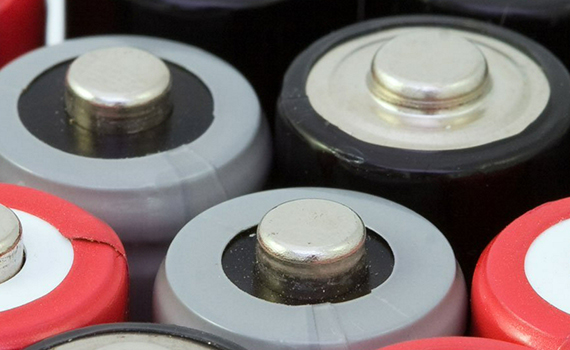NEWS
Batteries of the future can be printed on 3D printers

A group of scientists from Ireland conducted an analysis of many studies in the field of production of efficient batteries and their elements and came to the conclusion that the next big leap in the development of this technology will be three-dimensional printing.
One of the most important technologies for the first two decades of the 21st century is a lithium-ion battery. It provided the possibility of the appearance of mobile devices and electric vehicles, laptops, wearable medical devices, robots, remote sensors, and much more. It was not for nothing that the inventors of lithium-ion batteries were awarded the Nobel Prize in Chemistry this year.
Battery performance is the result of the interaction of many factors: capacity, life, safety, nanonews.net reports. Chemists are well aware of how fragile the balance of these qualities is, and with what caution you have to try something new. Therefore, despite the large number of ongoing developments, in practice there are so few breakthrough technologies, writes MIT Technology Review.
According to Vladimir Egorov and his colleagues from the Irish National University, the batteries of the future will be made on 3D printers. Scientists have explored many different technologies and have come to the conclusion that the additive approach will pave the way for a new generation of small and more advanced energy storage devices.
“If the batteries can be printed in order to seamlessly integrate them into industrial design, for aesthetic purposes, or for convenience, or for functional reasons, you won’t have to suffer from the bulky and fixed form of a standard battery at the product design stage,” Yegorov explained.
However, this is not easy. The components of the battery are very reactive, and the cathodes and anodes have a complex structure, sometimes crystalline, sometimes porous. Creating materials that are suitable for 3D printing is not easy. Besides the fact that they must be capacious and withstand many cycles of charge and discharge, they must also be safe. Nevertheless, according to researchers, 3D-technology is able to cope with these tasks.
© All rights reserved. Citing to www.ict.az is necessary upon using news






